A professional stage setup is essential for any live event.
It’s not just about aesthetics; it impacts everything from sound quality to the audience’s engagement.
A well-executed stage design can elevate the entire concert experience.
The right stage setup influences key elements like lighting, sound, and visibility.
A proper layout ensures performers are heard and seen clearly, while the audience enjoys an immersive experience.
These factors directly contribute to the success of the show.
In this guide, we’ll walk you through the main stages of setting up a stage, from planning the design to final checks.
Whether you’re a seasoned pro or new to the process, you’ll find tips and strategies to set up a stage that leaves a lasting impression.
Planning the Stage Design: Key Considerations
Stage Layout and Design

When planning your stage, size and shape are crucial.
The stage needs to accommodate the performers comfortably, with enough space for movement, props, and equipment.
Consider the acoustics of the venue—adjustments like soundproofing or placing speakers strategically can enhance audio quality.
A well-planned layout also allows for smooth transitions between different parts of the performance, ensuring a seamless show.
Audience Experience

The audience experience is central to the success of your stage design.
Make sure the stage is visible from every angle, with sightlines that provide unobstructed views.
Also, consider sound distribution; even if your venue is large, every listener should be able to hear the performers clearly.
Placing speakers at key points around the venue helps create a balanced and immersive audio experience for the crowd.
Safety Regulations

Safety should always come first in stage design.
Ensure that the stage is stable and able to support the weight of equipment and performers.
Consider using materials that can withstand the physical demands of a live performance.
You should also have clear emergency protocols in place, from accessible exits to fire extinguishers.
Adhering to safety regulations helps prevent accidents and ensures a safe, enjoyable event for everyone.
Equipment and Gear Checklist for Stage Setup
Audio Equipment

One of the most critical aspects of stage setup is the audio equipment.
A high-quality sound system ensures that every performance is heard clearly by the audience.
Depending on the size of the venue, you’ll need to choose microphones, speakers, and mixing boards that can deliver the best sound.
Microphones should be selected based on the type of performance—whether it’s vocal or instrumental.
Speakers should be strategically placed to ensure even coverage throughout the venue, and a mixing board helps adjust sound levels for balance and clarity.
Lighting Equipment

Lighting is another essential component in setting the mood and enhancing the audience’s experience.
There are various types of lighting to consider based on the type of event.
Stage lighting can range from spotlights and floodlights to more advanced LED lights and moving heads.
Each type serves a specific purpose—spotlights highlight individual performers, while floodlights brighten the entire stage.
Lighting should also be flexible to adapt to different performance styles, creating the right atmosphere for each moment.
Stage Materials

For the stage itself, you’ll need to consider the staging platforms, backdrops, and props.
Staging platforms provide a solid foundation for performers, while also ensuring they are visible from all angles.
Backdrops add visual interest, whether you’re using fabric, digital projections, or custom-designed scenery.
Additionally, props can play a key role in setting the tone and enhancing the narrative of a performance, making it important to choose materials that are both visually appealing and functional.
Special Effects and Visuals
To create a truly immersive experience, consider incorporating special effects and visuals into your stage setup.
Video screens or projection mapping can be used to display dynamic visuals that complement the performance.
Smoke machines or pyrotechnics can add dramatic flair, but they should always be used with safety in mind.
Special effects elevate the production value and engage the audience in new ways, making the event unforgettable.
Step-by-Step Stage Setup Process
Stage Foundation

The stage foundation is the first step in setting up your concert stage.
Begin by assembling the stage platform, ensuring that all components are securely connected.
This includes making sure that the platforms are level and stable.
Depending on the size of the stage, you may need additional support structures like risers or ramps.
Securing the stage is crucial to prevent accidents during the event.
Double-check that the foundation is solid, and verify that there’s no movement in the platform as you move on to the next setup steps.
Positioning Audio and Lighting Equipment
With the stage foundation in place, the next step is to position the audio and lighting equipment for optimal performance.
For audio, ensure that speakers are placed at the correct distance from the stage and angled to provide even sound distribution.
The mixing board should be easily accessible to the sound technician for real-time adjustments.
For lighting, place spotlights, floodlights, and effect lights where they can create the desired effects while avoiding obstructing the performers’ movements.
The goal is to ensure visibility and sound clarity for both performers and the audience.
Setting Up Performer Areas

Creating a comfortable and functional environment for your performers is key to ensuring they deliver their best performance.
Set up performer areas that provide easy access to necessary equipment like instruments, microphones, or monitors.
Designate backstage or side stage spaces where performers can prepare and take breaks.
Consider ergonomics—ensure that the setup allows performers to move freely without being hindered by cables or props.
For added comfort, provide monitors so performers can hear themselves clearly without relying solely on the main sound system.
Testing Sound and Lighting

Once all the equipment is in place, it’s time to test the sound and lighting.
Begin with sound checks by running through various audio levels and ensuring the speakers are balanced for the room.
Test the microphones to ensure they pick up clear sound without distortion.
Then, move on to lighting tests—ensure the spotlights follow the performers smoothly, and check for any lighting inconsistencies.
Adjust the brightness, color temperature, and angles until you get the desired effects.
This is the time to iron out any technical issues before the show starts.
Safety Checks

Before the performance begins, a thorough safety check is a must.
Ensure the stage is stable and that all equipment is properly secured to prevent accidents.
Check wiring and cables to ensure they’re not obstructing walkways or posing tripping hazards.
Emergency protocols should be reviewed, making sure everyone involved knows the procedures in case of an incident.
Ensure all fire exits are accessible, and that emergency lighting is functional.
By conducting a final safety review, you help minimize risks and ensure a smooth, safe event for all involved.
How Long Does It Take to Set Up a Stage?
Average Setup Time

The time it takes to set up a stage varies widely depending on several factors.
One of the biggest influences is the size of the stage—larger stages with complex layouts require more time for assembly and equipment placement.
The event complexity also plays a role: concerts with intricate sound and lighting setups will take longer than simpler events.
Other considerations include the number of crew members available, the type of performance (e.g., a solo artist vs. a full band), and the need for any special effects or props.
On average, a stage setup can take anywhere from 4 to 8 hours, but larger or more technical events may require up to a full day of preparation.
Efficient Setup Tips

While it’s essential to ensure that every detail is correct, you can still streamline the setup process to save time.
One of the best efficiency tips is to pre-plan and organize all your equipment before you begin assembling the stage.
This includes making sure all tools, cables, and instruments are easily accessible, and the equipment is already tested and ready for installation.
Assign clear roles to your team to avoid confusion and delays.
If possible, use modular equipment that’s easy to set up and adjust on-site.
Also, check lighting and sound systems together rather than individually, which can save significant setup time.
The goal is to maintain a high-quality setup while minimizing unnecessary steps.
Real-Life Examples

To give you a clearer idea of how long stage setups take, here are some real-life examples:
Concerts: For a typical concert with a moderate-size stage, setup usually takes between 6 to 8 hours. This includes the time to assemble the stage, position sound and lighting equipment, and do a final sound check.
Theater Productions: In theater setups, stage design is often more intricate, with props, backdrops, and complex lighting rigs. Setup time for a large theater production can be between 8 to 12 hours, depending on the complexity of the set design.
Corporate Events or Conferences: For a simpler setup with presentation stages and basic lighting, the setup time may only take about 4 to 5 hours. These events generally don’t require the same level of sound equipment or special effects as concerts.
Festivals or Outdoor Events: For larger outdoor events, such as music festivals, stage setup can extend to 12 hours or more due to the need for extensive infrastructure, multiple stages, and complex audio-visual equipment.
Troubleshooting Common Stage Setup Challenges
Sound and Lighting Issues

Sound and lighting issues are some of the most common challenges encountered during stage setups, but quick fixes can prevent major disruptions.
One common sound issue is feedback from microphones or speakers.
To fix this, adjust the microphone positioning, lower the gain levels, or move the speakers farther from the mic.
Another frequent problem is uneven sound distribution, especially in larger venues.
You can resolve this by adjusting the placement of speakers or using delay speakers to ensure even coverage.
For lighting, flickering lights may be caused by faulty cables or connections.
Simply check the wiring and replace any damaged cables.
If the lights are too dim or too bright, use your lighting control panel to adjust intensity or reposition the lights for better coverage.
Equipment Failures

Unexpected equipment failures are inevitable at times, but handling them with a calm, organized approach is key to keeping the event running smoothly.
One of the most common issues is a mixer or amplifier malfunction.
If your sound system suddenly goes silent, check all connections, including power cables and audio inputs.
It’s also a good idea to always have a backup power source and a spare mixing board ready.
For lighting systems, projector or LED screen failures can be a showstopper.
In this case, quickly swap out the projector or monitor if you have a spare, and ensure the cables are securely plugged in.
If you’re dealing with more complex gear failures, like malfunctioning stage effects or instruments, you may need to quickly communicate with your tech team to troubleshoot or replace the faulty equipment without causing too much delay.
Last-Minute Adjustments

Sometimes, even with all the planning, last-minute adjustments are necessary, especially if something unexpected happens right before the event begins.
Lighting levels, for example, may need to be adjusted depending on the performance or venue conditions.
To make adjustments on the fly, it’s important to have a team member designated to monitor sound and lighting throughout the event.
They can quickly adjust any discrepancies without disrupting the performance.
Similarly, if a performer requests changes to their microphone setup or monitor levels, be ready to make those changes swiftly while keeping communication clear.
Ensure that your backup plans for equipment and technical staff are in place so that adjustments can be made without compromising the overall experience.
Being flexible and prepared to handle these situations will help keep the event on track and reduce stress for everyone involved.
FAQs about Stage Setup
What is the first step in setting up a stage for a concert?
The first step is planning the stage layout. This includes determining the size, shape, and placement of key elements like the performer areas, audio and lighting equipment, and audience seating. It’s important to visualize the flow of the event and ensure the stage design complements the performance and audience experience.
How long does it typically take to set up a stage for a concert?
The time it takes to set up a stage can vary depending on the size of the event and the complexity of the equipment. On average, setting up a small event might take around 3 to 4 hours, while larger concerts with more equipment and effects may take 8 to 10 hours. Having a clear plan and an organized team can help reduce setup time significantly.
What equipment is essential for setting up a stage?
Essential audio equipment includes microphones, speakers, and a mixing board for sound management. For lighting, you’ll need a combination of stage lights, spotlights, and ambient lighting to create the right atmosphere. Other equipment such as backdrops, staging platforms, and special effects (like fog machines or video screens) may be added based on the event’s needs.
How can I ensure the stage setup is safe for performers and the audience?
Ensuring safety is critical in stage setup. Make sure the stage structure is securely assembled and the flooring is stable. Use proper cabling management to avoid tripping hazards, and check all equipment for faults or malfunctions before the event begins. Additionally, have a clear emergency exit plan and ensure the stage area adheres to local safety regulations.
What should I do if I encounter technical difficulties during the event?
If you encounter technical difficulties, stay calm and quickly assess the problem. For sound issues, check connections, cables, and audio settings. For lighting problems, ensure all bulbs and connections are secure. Having backup equipment and spare parts on hand can also help you resolve problems swiftly. Most importantly, communicate with your team to ensure any fixes are made without disrupting the performance.
Conclusion
In summary, a well-executed stage setup is vital for creating an unforgettable concert experience.
From planning the layout to ensuring safety and troubleshooting issues, every detail contributes to the success of the event.
Investing time and effort into the setup pays off in a seamless performance.
Ready to take your stage setup to the next level?
If you need professional guidance or high-quality stage equipment, feel free to contact us.
Our team can help you create the perfect setup for your next concert or live event.


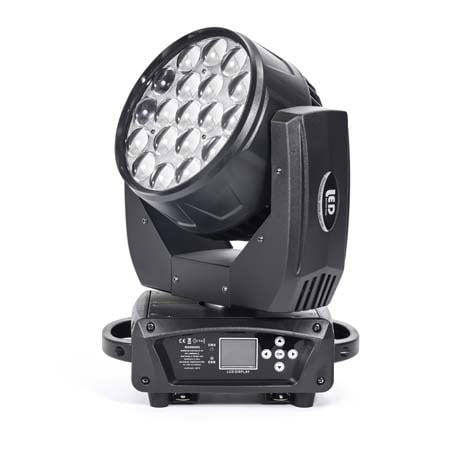





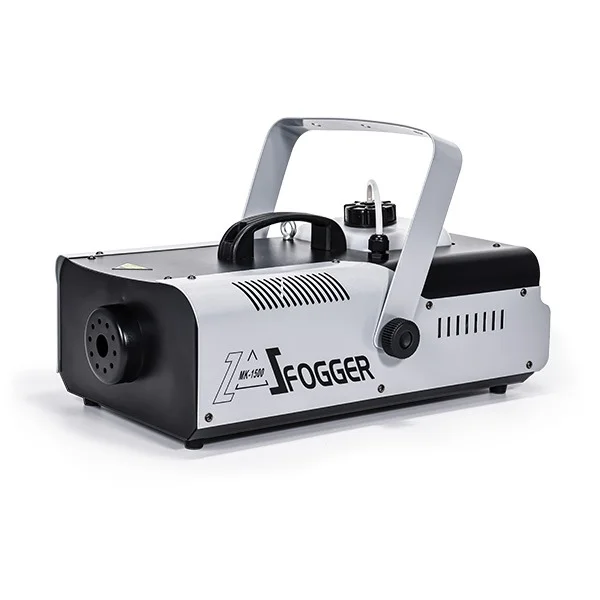
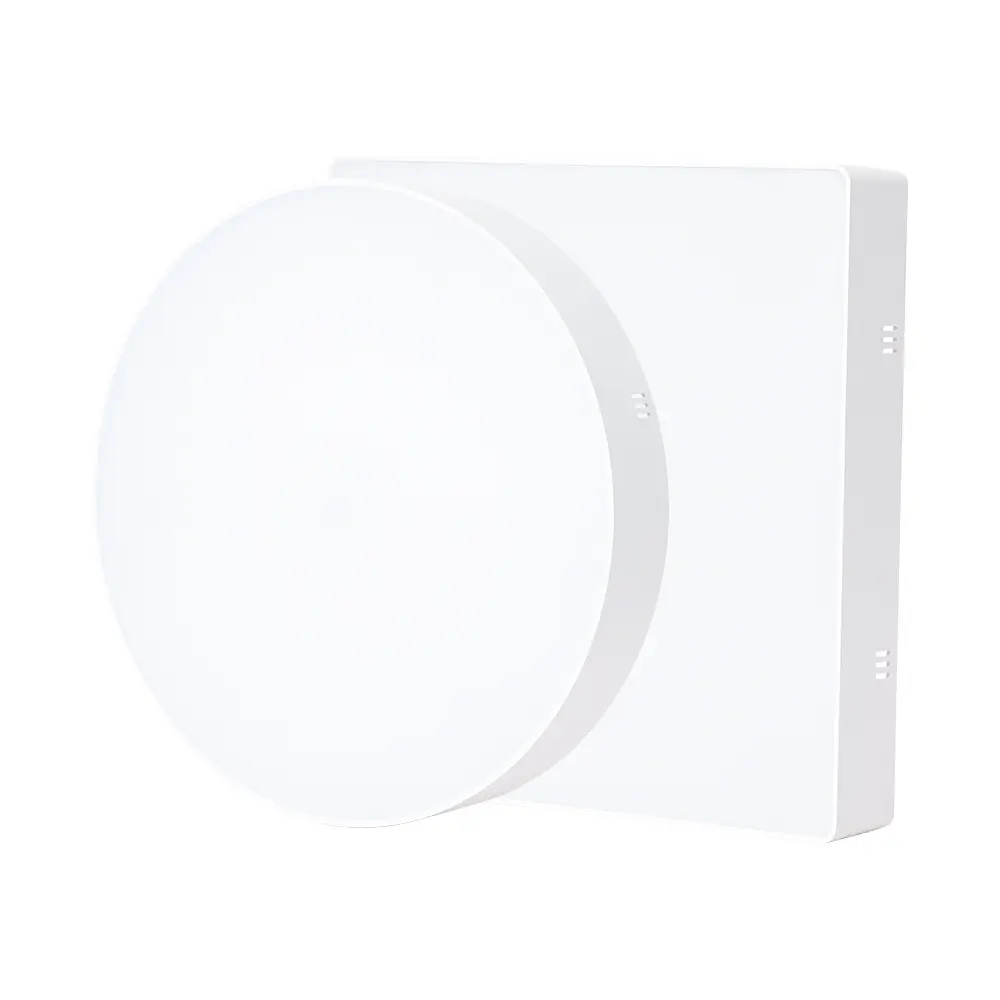

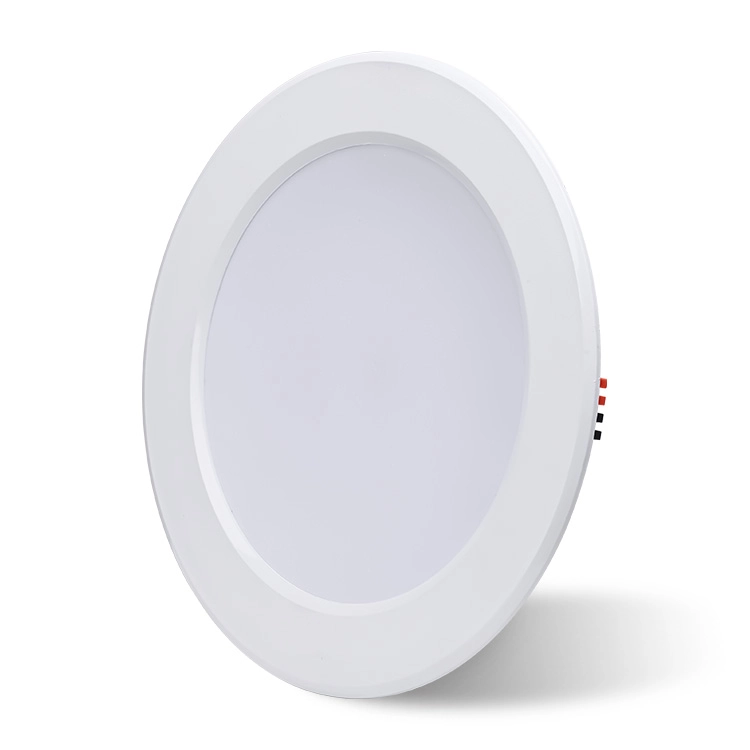


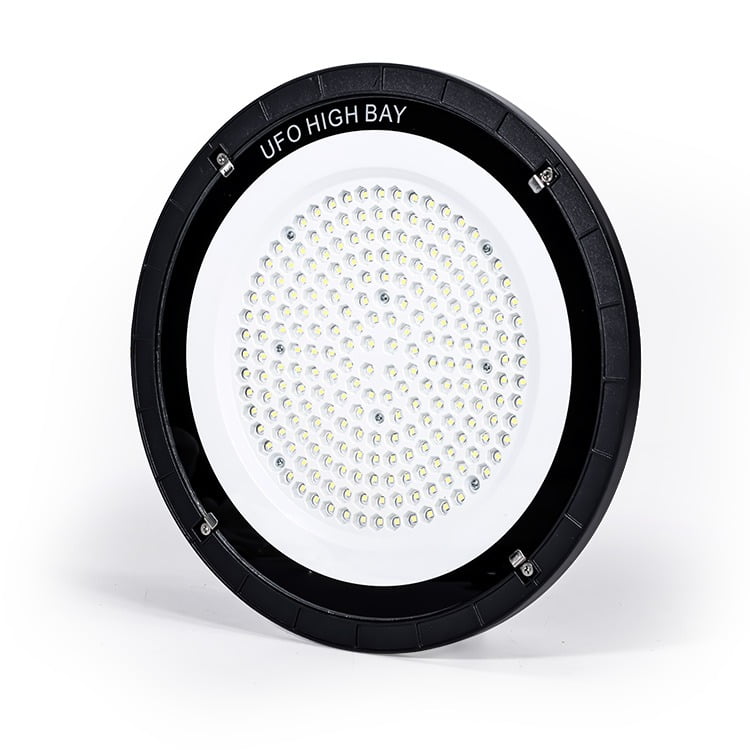
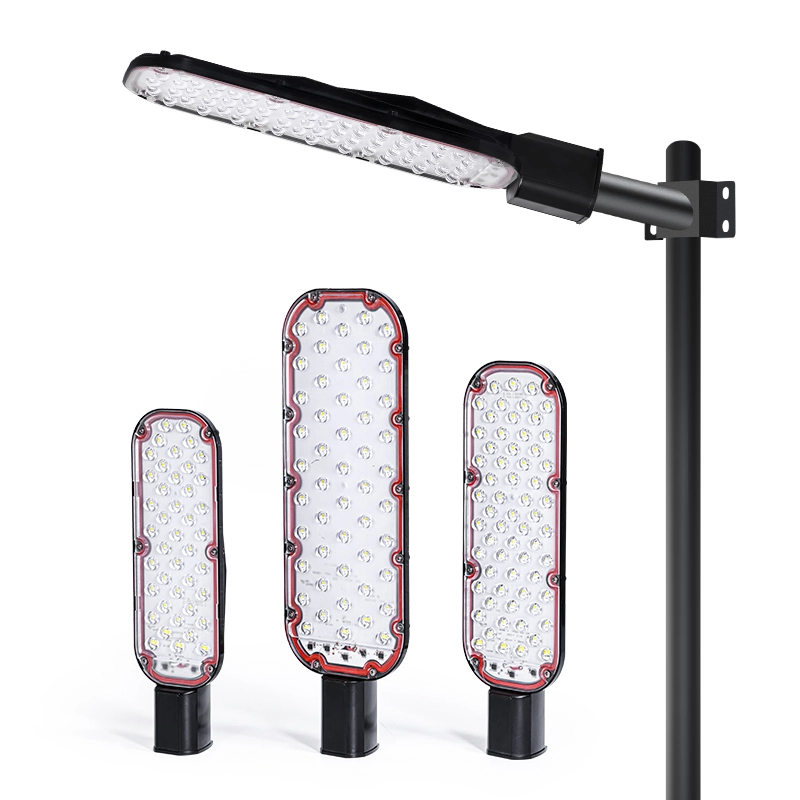

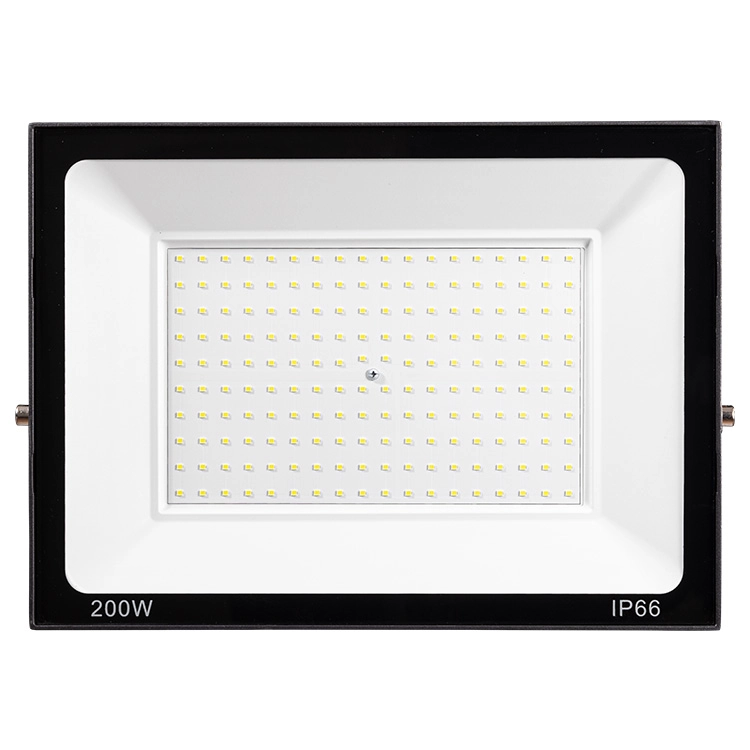
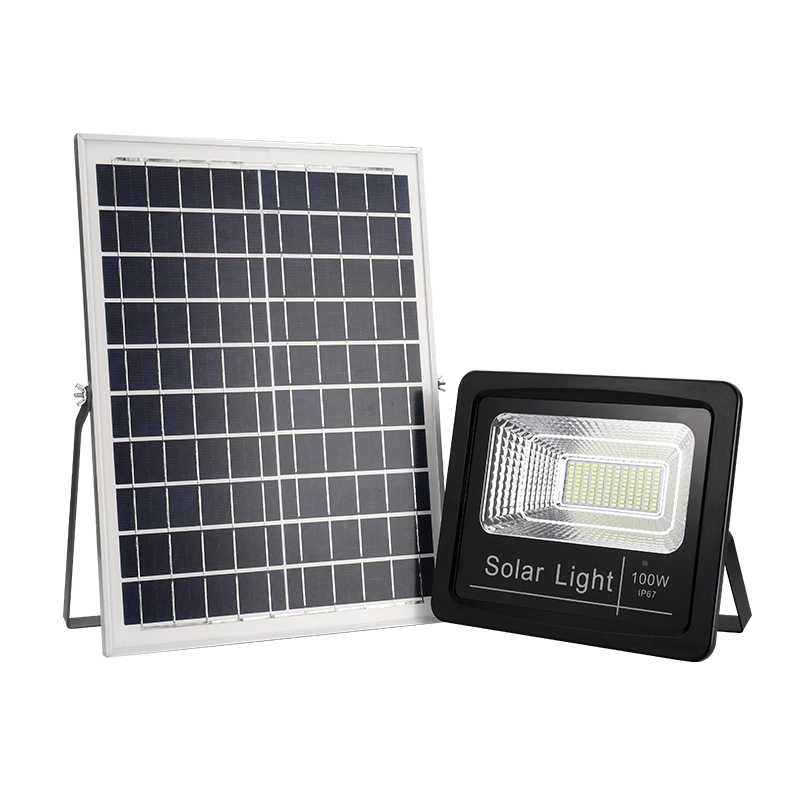


![led design ideas - 17 LED Design Ideas to Transform Your Home [February 2025] - Vorlane led design ideas - 17 LED Design Ideas to Transform Your Home [February 2025] - Vorlane](https://vorlane.com/wp-content/uploads/2025/01/led-design-ideas.webp)
![outdoor lighting ideas - 20 Brilliant Outdoor Lighting Ideas: Transform Yard [2025] - Vorlane outdoor lighting ideas - 20 Brilliant Outdoor Lighting Ideas: Transform Yard [2025] - Vorlane](https://vorlane.com/wp-content/uploads/2025/02/outdoor-lighting-ideas.jpg)
![disadvantages of led lights - Disadvantages of LED Lighting: Reveal Cost, Real Risk [2025] - Vorlane disadvantages of led lights - Disadvantages of LED Lighting: Reveal Cost, Real Risk [2025] - Vorlane](https://vorlane.com/wp-content/uploads/2025/01/disadvantages-of-led-lights.webp)
![Best LED Lights for Home - Best LED Lights for Home: Top Choices [2025] - Vorlane Best LED Lights for Home - Best LED Lights for Home: Top Choices [2025] - Vorlane](https://vorlane.com/wp-content/uploads/2025/01/Best-LED-Lights-for-Home.webp)
![beam angle calculator - Beam Angle Calculator – Simplify Lighting Calculations [2025] - Vorlane beam angle calculator - Beam Angle Calculator – Simplify Lighting Calculations [2025] - Vorlane](https://vorlane.com/wp-content/uploads/2025/01/beam-angle-calculator.webp)
![COB Light vs Panel Light - COB Light vs Panel Light: Understanding the Differences [2025 ] - Vorlane COB Light vs Panel Light - COB Light vs Panel Light: Understanding the Differences [2025 ] - Vorlane](https://vorlane.com/wp-content/uploads/2025/01/COB-Light-vs-Panel-Light.jpg)

